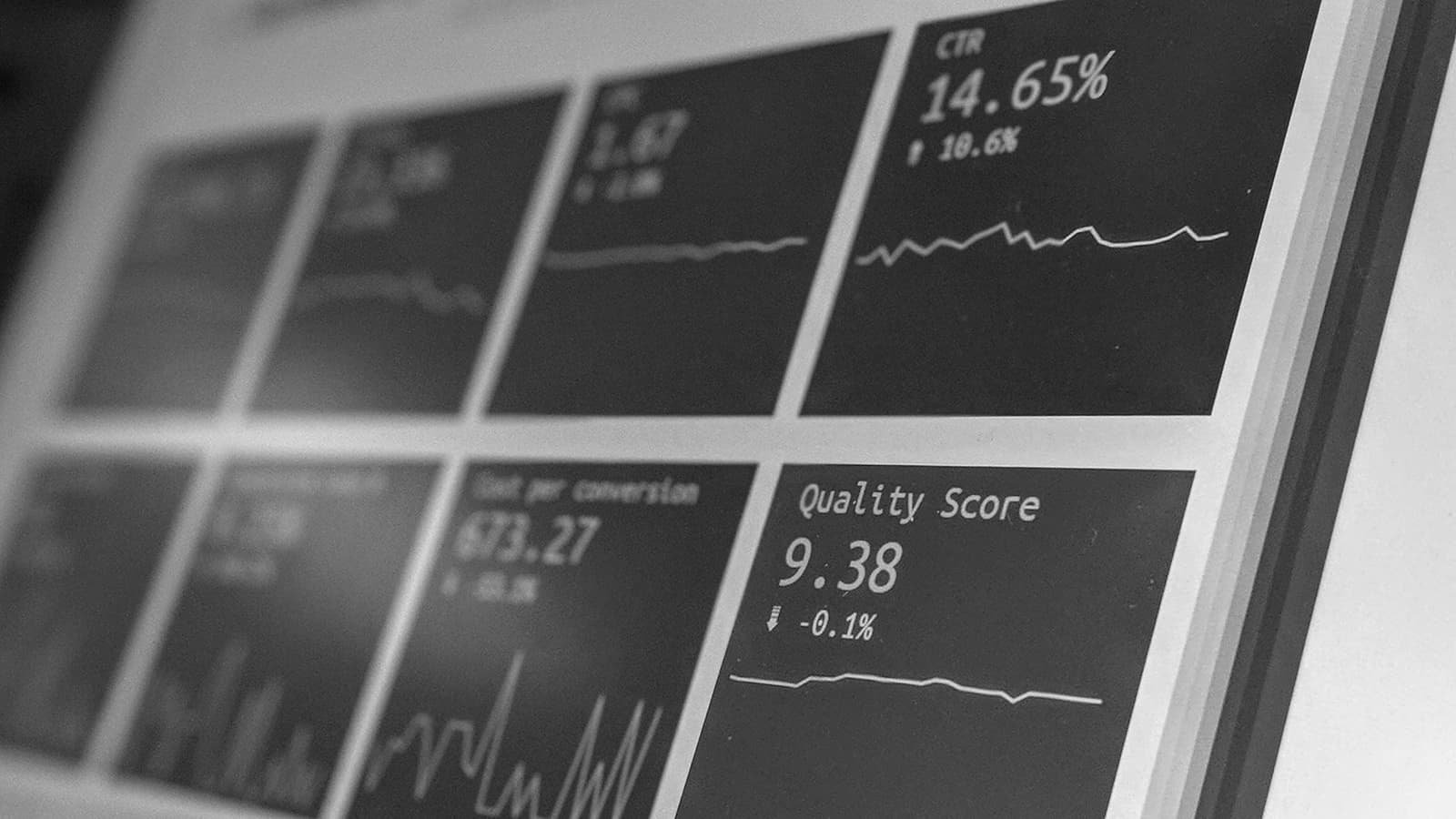
Webbplatssäkerhetstest.
Webbplats och applikationssårbarhetsskanning – Webbpenetrationstestning – Gratis webbplatssäkerhetskontroll
Säkerhetstestning av webbplatsen
Identifiera automatiskt säkerhetsbrister i dina webbapplikationer och underliggande infrastruktur. Hitta brister bakom en inloggningssida för att uppnå fullständig täckning..
METRIK
Vi dyker djupt in i din webbplats och bygger analyser och etablerar en process som kommer att säkra din onlinepublik och öka dina intäkter.
Leverantörsriskhantering
Bedöm säkerheten för de lösningar som dina onlineleverantörer och partners bygger dig
webbplats hackad och dataintrång
Vi hjälper småföretag att bygga en säker digital närvaro genom att fokusera på tre nyckelelement i en framgångsrik online säker plattform.

Vi får resultat.
Vår beprövade meritlista kommer att säkra din verksamhet.






Säkra din egendom online med konsulttjänster för webbplatssäkerhetstestning
.
Säkerhetstestning av webbplatsen: Ett avgörande steg i modernt cyberförsvar
I dagens digitala landskap, webbplatssäkerhetstestning är avgörande för organisationer som strävar efter att skydda känslig data och upprätthålla användarnas förtroende. Denna proaktiva process identifierar sårbarheter i webbapplikationer innan illvilliga aktörer kan utnyttja dem. Säkerhetstestning av webbplatser involverar vanligtvis sårbarhetsskanning, penetrationsprovning, kod recensioner, och konfigurationsbedömningar för att säkerställa att webbsystem kan motstå cyberhot.
Regeringar och industrier över hela världen inser vikten av standardiserade ramverk för cybersäkerhet. I Storbritannien, de Cyber Essentials systemet ger en baslinje för god cybersäkerhetshygien. Det hjälper organisationer att skydda sig mot vanliga hot som nätfiske, skadlig programvara, och lösenordsattacker. Att uppnå Cyber Essentials-certifiering visar ett engagemang för att skydda data och system – en kritisk faktor för brittiska myndigheters leverantörer.
I USA, de Cyberförtroendemärke är ett nytt initiativ utvecklat av Federal Communications Commission (FCC) att förbättra cybersäkerhetstransparensen i konsumenternas Internet of Things (IoT) enheter. Även om det inte är specifikt för webbplatser, detta märke speglar den bredare trenden med offentligt ansvarstagande inom digital säkerhet och fungerar som en modell för transparenta cybersäkerhetsstandarder.
För organisationer som arbetar med U.S.A. Försvarsdepartementet, CMMC 2.0 (Cybersäkerhet Mognadsmodell Certifiering) är den rådande standarden. Den bedömer entreprenörer’ förmåga att skydda Federal avtalsinformation (FCI) och Kontrollerad oklassificerad information (SOM) genom ett stegvis system av cybersäkerhetspraxis. CMMC 2.0 överensstämmer närmare med NIST SP 800-171 ramverket och inkluderar tre certifieringsnivåer, allt från grundläggande till avancerade krav på cybersäkerhet.
Ytterligare certifieringar hjälper till att bygga robusta webbsäkerhetsprogram. De NIST Cybersecurity Framework (CSF) ger en flexibel struktur för att hantera och minska cybersäkerhetsrisker. Yrkescertifieringar som t.ex CISSP (Certifierad IT-säkerhetsproffs), CompTIA CySA+ (Cybersäkerhetsanalytiker), och CISA (Certifierad informationssystemrevisor) utrusta utövare med expertis för att genomföra effektiva säkerhetstester, riskbedömning, och begränsningsstrategier.
Allt eftersom cyberhot utvecklas, webbplatssäkerhetstestning måste bli en vanlig praxis, inte en engångsrevision. Att anpassa sig till erkända ramverk och certifieringar stärker en organisations cyberresiliens och bygger förtroende hos intressenter i både den offentliga och privata sektorn.